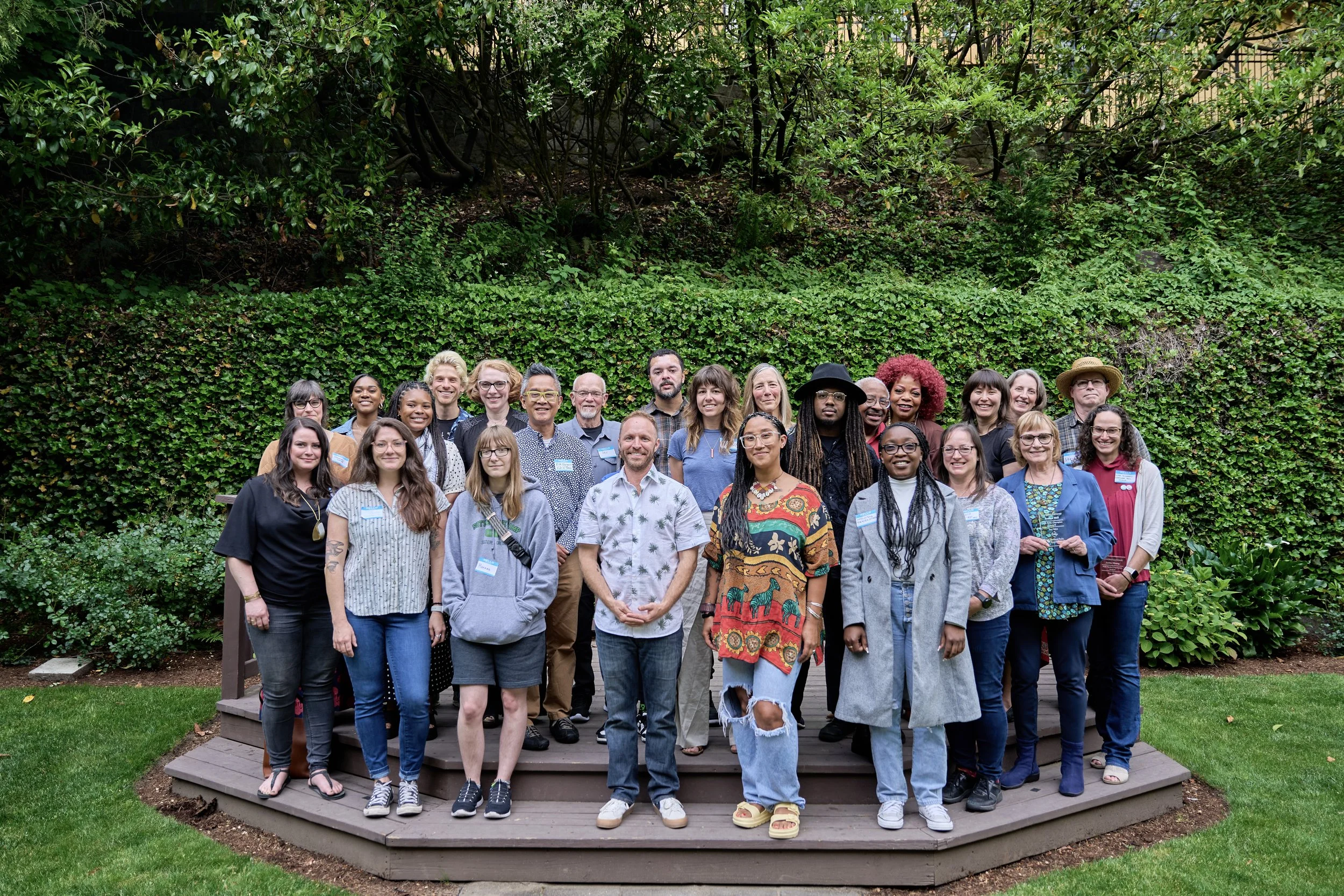Many studies have documented the economic benefits of public parks and nature spaces in cities. Increases in property values, tourism, capital investments and jobs all benefit citizens that live near public parks and natural recreation areas. A 2015 study by the National Recreation and Park Association (NRPA), estimated that local and regional parks generated nearly $2 billion in economic activity in Oregon in 2013 alone.
Portland’s park system is nationally recognized for excellence and has created a buzz that helps Portland businesses recruit some of the best workers in the nation. As one of our board members, David Thompson, Vice President at the Portland Business Alliance said, “Anytime you talk about the region you mention our parks. Companies are looking to locate here because Portland has a high quality of life and parks are one of the most prominent pieces of our quality of life. Parks add direct value to our community and make it a great place to grow your business.”
“. . . Portland has a high quality of life and parks are one of the most prominent pieces of our quality of life.”
David grew up in Portland near Grant Park, and as he said, “Growing up here, parks were my back yard. I learned how to ride a bike and swim in Grant Park.” Now with a family of his own, David’s family spends a lot of time in April Hill and Gabriel Parks near his home. “When a friend approached me to join the Portland Parks Foundation board I jumped at the chance because parks are so valuable to me and my family.”
Portland’s parks are valuable assets for economic activity and bring the city valuable tourist dollars. The same NRPA study aforementioned noted that Waterfront Park generated over $1 million in economic activity in 2013. In 2009 the Portland Parks Foundation helped the Naito family build the Bill Legacy Naito Fountain in Waterfront Park. The fountain continues attract people to the park to gather and play throughout the year. As David Thompson said, “I use parks a lot more than I pay for them. Donating to the Parks Foundation, you can invest in something very specific that the entire community benefits from.”
The Foundation is grateful to our business partners who make parks a priority for their philanthropic investment each year. Those contributions have a measurable impact on park quality and leverage further investment by others through PPF’s campaigns.
Header photo by M.O. Stevens













